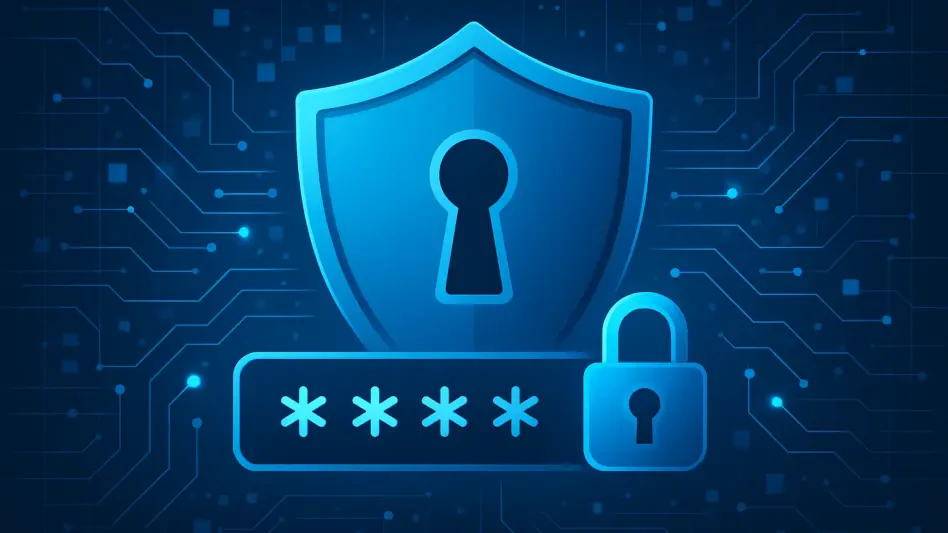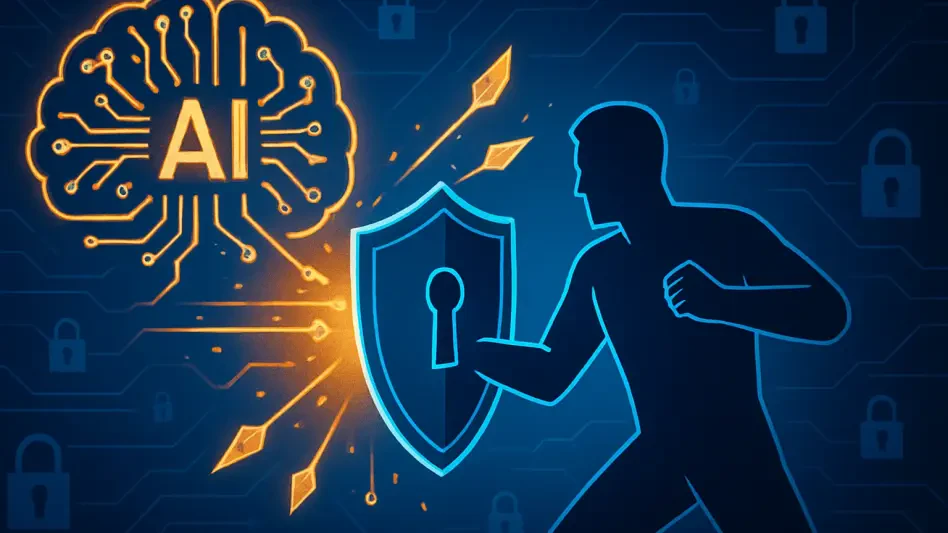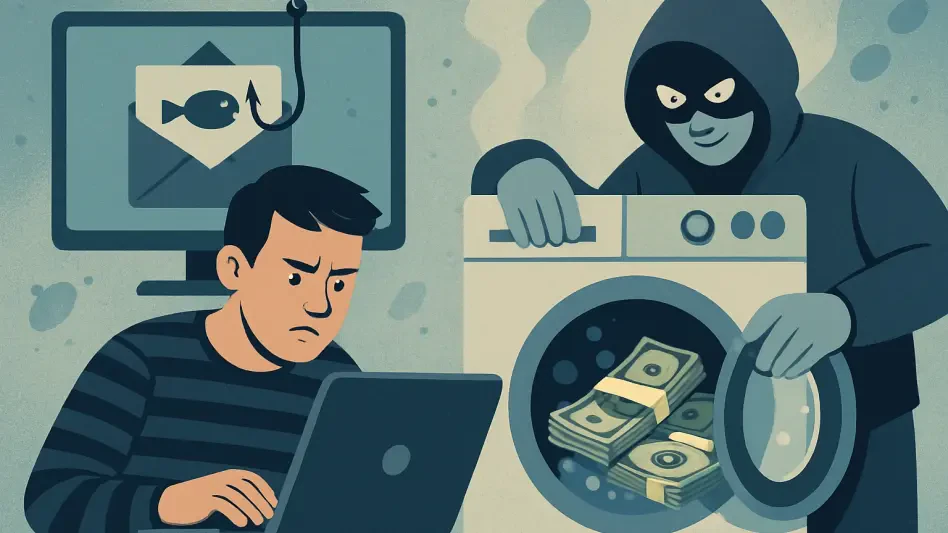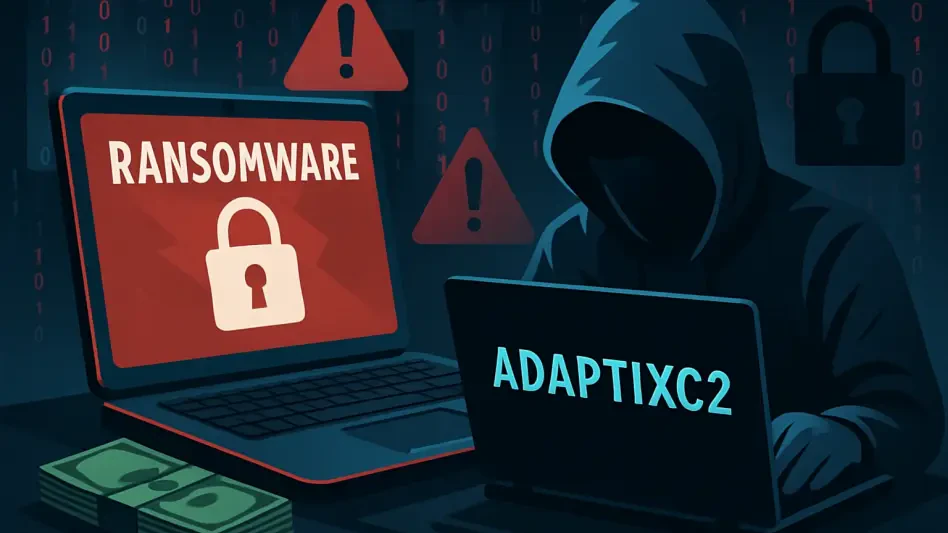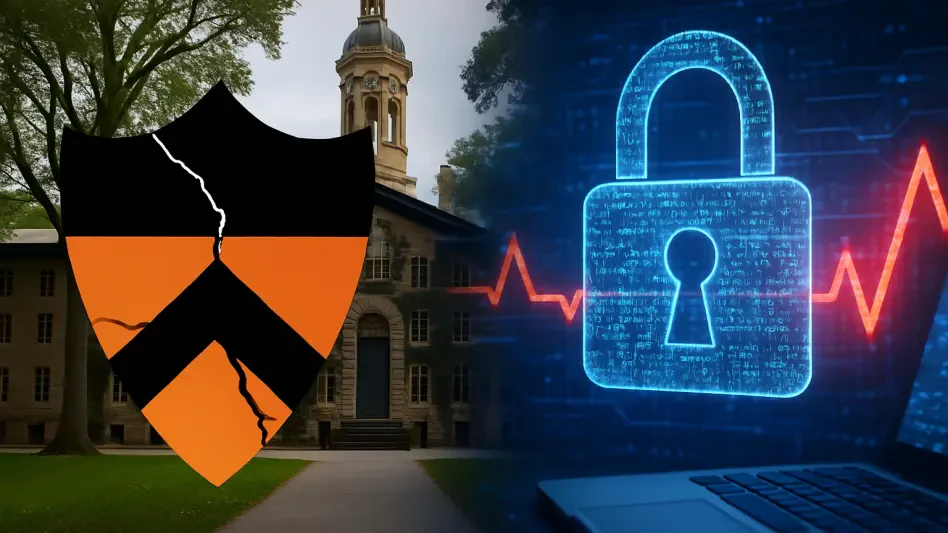In an era where digital interactions dominate daily life, the importance of securing online identities against relentless cyber threats cannot be overstated, as every click, login, and transaction opens a potential gateway for hackers seeking to exploit vulnerabilities. October, recognized globally as Cybersecurity Awareness Month, provides a poignant reminder to reevaluate and strengthen digital defenses. At the core of this effort are two indispensable tools: robust passwords and multi-factor authentication (MFA). These mechanisms serve as the first line of protection against a growing array of cyberattacks that target personal and financial data. Far from being mere technical jargon, they are critical shields in a landscape where breaches can lead to devastating consequences. This discussion aims to unpack their significance, explore the risks of neglecting them, and highlight actionable strategies to fortify online safety in an increasingly hostile digital world.
The Foundations of Digital Defense
Unpacking Password Vulnerabilities
Despite extensive awareness campaigns over the years, a surprising number of individuals continue to engage in password practices that jeopardize their security. Habits such as reusing the same password across multiple platforms or scribbling credentials on easily accessible notes remain alarmingly common. Surveys reveal that a significant portion of users—nearly half—express deep concern over financial data theft, yet many fail to adopt safer alternatives. This disconnect between understanding the risks and taking action creates fertile ground for cybercriminals who thrive on exploiting such lapses. Simple errors, like opting for predictable passwords based on personal information, can lead to swift account compromises through brute-force or dictionary attacks. Addressing this pervasive issue requires a shift in mindset, recognizing that a password is not just a formality but a critical barrier against unauthorized access.
Beyond individual habits lies the broader impact of these vulnerabilities on digital ecosystems. When passwords are weak or reused, they not only endanger personal accounts but also pose risks to interconnected networks, including workplace systems or shared services. Hackers often leverage a single breach to gain access to multiple platforms, amplifying the damage. The statistics paint a grim picture: a notable percentage of users admit to neglecting password managers, tools designed to mitigate these risks. This reluctance to embrace secure practices often stems from misconceptions about complexity or convenience. However, the reality is stark—without strong, unique passwords, the likelihood of falling victim to identity theft or financial loss skyrockets. Bridging this gap between knowledge and behavior remains a pressing challenge in the fight against cybercrime.
The Strength of Multi-Factor Authentication
Adding a layer of defense through multi-factor authentication transforms the security landscape for any online account. MFA operates on a simple yet powerful principle: even if a password is stolen, an additional verification step—such as a code sent to a mobile device or a biometric scan—stands in the way of unauthorized access. Often compared to a deadbolt reinforcing a basic lock, this mechanism significantly reduces the chances of successful breaches. Despite its proven effectiveness, adoption rates remain disappointingly low among users who either overlook its importance or find the extra step inconvenient. This oversight is a critical misstep, as MFA can thwart even sophisticated attacks where credentials have been compromised through phishing or data leaks. Its role as a safeguard cannot be understated in an age of escalating cyber threats.
The reluctance to enable MFA often stems from a lack of understanding of how seamlessly it integrates into daily digital routines. Many modern platforms have streamlined the process, ensuring that the additional verification takes mere seconds while offering exponential security benefits. Consider the alternative: a stolen password without MFA in place is akin to leaving a front door wide open. Cybercriminals, equipped with advanced tools, can bypass single-factor defenses with alarming ease. By contrast, enabling MFA creates a formidable hurdle, often deterring attackers who seek quick wins. Highlighting real-world scenarios where MFA has prevented account takeovers can help dispel myths about its complexity. As cyber risks evolve, embracing this second layer of protection is not just advisable but essential for safeguarding sensitive information across personal and professional spheres.
Emerging Threats and Modern Solutions
Confronting Sophisticated Cyber Risks
The digital threat landscape is undergoing a rapid transformation, driven by technologies that empower cybercriminals with unprecedented capabilities. AI-powered phishing attacks, for instance, craft deceptive messages so convincing that even cautious users can fall prey to them. Meanwhile, vast troves of previously compromised data continue to circulate on the dark web, with billions of credentials exposed in unsecured environments. These old leaks pose a persistent danger, as they fuel identity theft and account takeovers long after the initial breach. Staying ahead of such risks demands more than passive awareness; it requires active adaptation to counter methods that grow more cunning by the day. The sophistication of these threats underscores why foundational defenses like passwords and MFA must be paired with vigilance to protect against evolving dangers.
Another dimension of this challenge lies in the sheer scale and accessibility of stolen data, which amplifies the potential for harm. Cybercriminals often repackage and sell breached credentials in massive databases, creating a thriving underground market. This commodification of personal information means that even a single exposed password from years ago can resurface as a weapon against unsuspecting users. The ripple effects are profound, impacting not just individuals but also organizations that rely on secure access controls. As attack vectors multiply, the need for updated security protocols becomes evident. Educating users about the long-term risks of compromised data and the importance of monitoring for breaches can help mitigate these threats. In this dynamic environment, complacency is not an option; proactive measures are the only way to stay one step ahead of malicious actors.
Empowering Users with Practical Tools
Fortunately, a range of accessible solutions exists to bolster cybersecurity without requiring advanced technical expertise. Crafting strong passwords—ideally 12 to 16 characters long with a mix of letters, numbers, and symbols—forms the bedrock of personal security. Tools like password generators simplify this process by creating complex, uncrackable codes at the click of a button. Additionally, password managers offer a secure vault for storing and autofilling credentials across devices, eliminating the temptation to reuse or write down passwords. These technologies address common pain points, making secure practices both feasible and convenient. By integrating such tools into daily habits, users can significantly reduce their exposure to cyber risks.
Beyond password management, real-time breach monitoring services provide an extra layer of defense by alerting users to compromised data as soon as it’s detected. Such tools often include features like identity protection scores, which gauge exposure levels and offer actionable insights for improvement. Pairing these with MFA creates a comprehensive shield against a wide array of threats, from phishing to brute-force attacks. The beauty of these solutions lies in their accessibility—most are user-friendly and integrate seamlessly with existing platforms. Adopting them requires minimal effort but yields substantial protection, empowering individuals to take control of their digital safety. As cyber threats continue to evolve, leveraging these practical resources alongside fundamental practices like MFA is a decisive step to secure online presence against past vulnerabilities.

